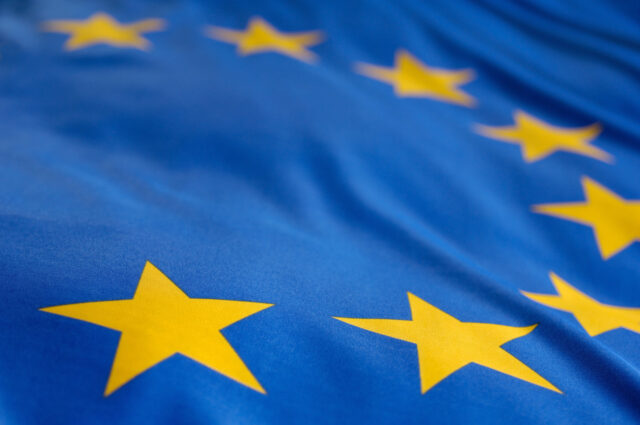This year, supply chain organisations have faced unparalleled levels of disruption as consumer demand changed overnight. Yet, despite many of these businesses having already begun their digital transformation journey, the majority found themselves ill-equipped to respond to sudden changes, with research from InterSystems discovering that this was largely due to data silos and disparate systems causing a lack of flexibility and visibility.
As supply chain businesses continue to experience significant and sudden changes in demand, increasing resilience, visibility, and agility in the supply chain is critical with the control tower emerging as one of the most effective ways to achieve this.

What is a control tower?
The concept of a control tower is simple, if not yet widely implemented. According to Gartner control towers combine people, processes, data and organisation, supported by a set of technology-enabled capabilities, for transparency and coordination. In practice, this means that supply chain businesses can use a control tower to gain a real-time, comprehensive view across different parts of the organisation, as well as of data silos and applications both within their enterprise and those of their partners, such as manufacturers and distributors.
In short, a control tower removes data silos to provide a real-time, trusted view of the supply chain, and consequently offers businesses more visibility. In turn, this gives supply chain organisations a better foundation from which to make more accurate and insightful business decisions to respond to changes in demand and circumstances in real-time.
Getting the most from control towers
Gaining comprehensive control tower functionality isn’t something that can be achieved with an off-the-shelf solution – after all, every organisation has a unique set of processes, partners, and technology, as well as a custom set of goals and thresholds. Therefore, the most effective approach is to implement a control tower by implementing and customising a data management platform to create an environment within which businesses can connect all data sources and harmonise that data so that it’s consistent. In doing so, businesses can continue to leverage existing infrastructure, rather than ripping and replacing existing solutions.
Using a data platform-driven approach to implementing a control tower also allows supply chain businesses to incorporate intelligence such as business rules, machine learning, and self-service analytics. As well as allowing them to gain more actionable insights from the data, it ensures that if a business analyst sees a potential problem, for example, that they can interrogate the data in a multitude of ways and visualise the data to understand the core drivers behind it.
Ultimately, a successful control tower implementation enables organisations to diagnose an issue, notify relevant stakeholders, and then enable them to introspect and analyse the issue. Armed with this information, the analyst can then make smarter decisions and continuously learn from the solution. This approach offers supply chain businesses the simplicity and speed they need to be agile and resilient, so that they can make necessary changes to respond to fluctuations in demand and any problems that occur.
Gaining resilience and agility
For supply chain organisations, this resilience and agility is vital not only to cope with the ongoing pandemic and unexpected surges in demand that it has brought for products such as bicycles and vitamin D, for instance, but also to ensure they futureproof their business.
End-to-end supply chain visibility will help to ensure supply chain organisations are able to maintain adequate stock levels, while early warning alerts will allow them to identify and rectify any issues in terms of supply and demand before they occur. Meanwhile, advanced analytics allow organisations to make better predictions to foresee which products might be popular and when to better prepare for changes in the types and quantities of products that are needed.
Futureproofing the supply chain
Currently, the vast majority of supply chain businesses have the underlying data needed to gain the right insights to improve supply chain resilience, but they just don’t have the capabilities to make them visible and actionable. Control towers provide this functionality by breaking down data silos and helping supply chain organisations gain a comprehensive and real-time view of their organisation. However, like digital transformation, increasing resilience in the supply chain is a virtuous cycle, therefore, long-term success will only be achieved if businesses also have the right people, processes, infrastructure, and architectural approach, in place.











